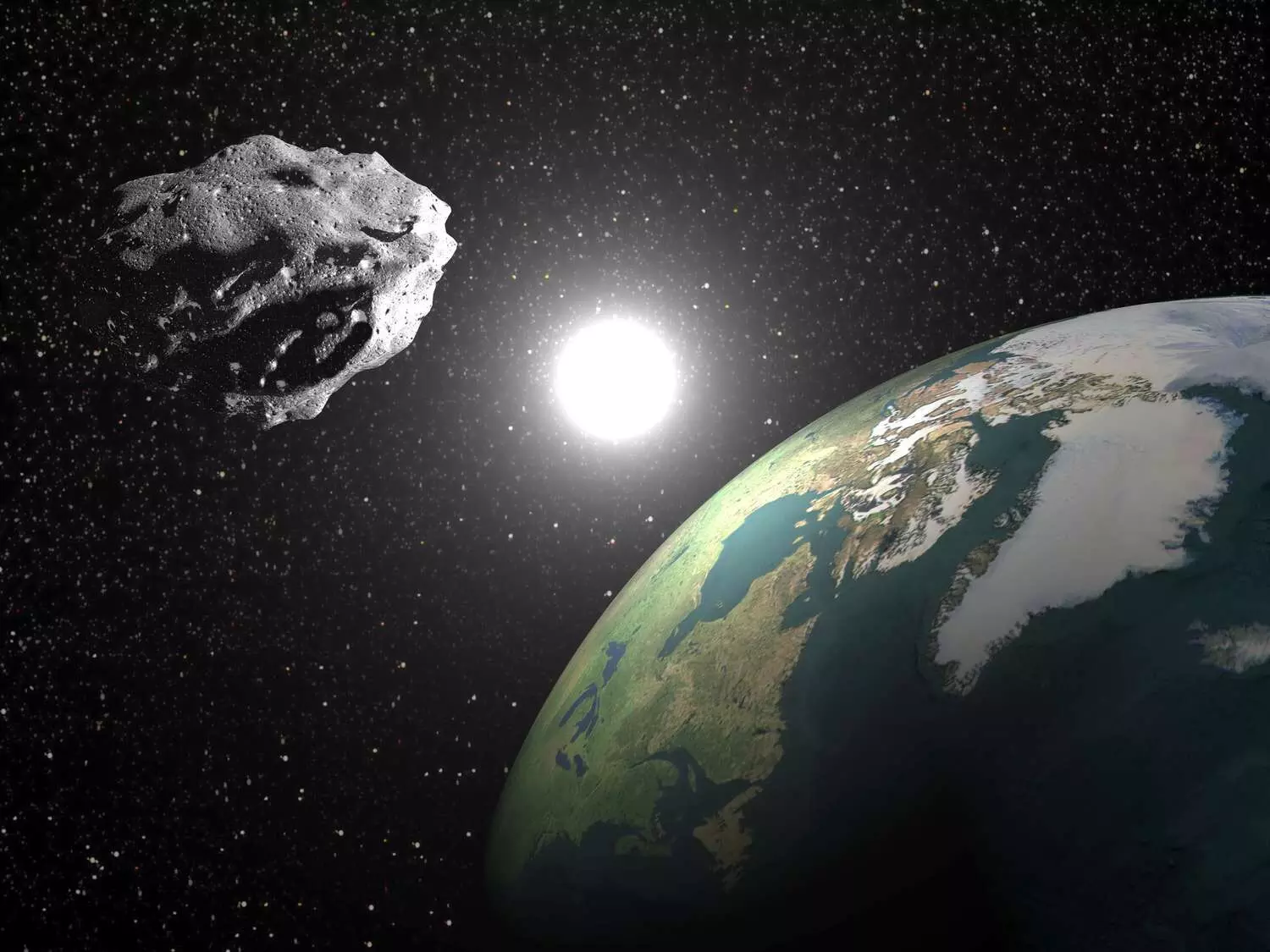Nuclear Bomb or Fleet of 1,000 Spacecraft: Inside NASA's Bold Plan to Defend Earth from 'Planet Killer' Asteroids
Discover NASA's proactive efforts to safeguard Earth from potentially dangerous asteroids, including the DART mission and advanced planetary defence strategies
Killer Asteroids

In a major step toward planetary defence, NASA has unveiled its strategy to tackle "planet killer" asteroids, drawing inspiration from the event that caused the dinosaurs' extinction 66 million years ago. The National Preparedness Strategy and Action Plan outlines NASA's approach to addressing dangerous near-Earth objects (NEOs).
Défense Strategies: Fleet of Spacecraft or Nuclear Deterrent?
Though no immediate asteroid threats are on the horizon, NASA is preparing for potential future dangers. One option includes deploying a fleet of 1,000 spacecraft to intercept and deflect a massive asteroid. In extreme cases, a nuclear solution may be considered, reminiscent of the 1998 film "Armageddon."
DART Mission: A Successful Test
NASA's primary defence mechanism involves kinetic impactors. In 2022, the agency successfully conducted its Double Asteroid Redirection Test (DART) by crashing a spacecraft into an asteroid, altering its trajectory. This proved NASA's ability to deflect hazardous objects in space.
In urgent situations, where an asteroid is detected with little warning, nuclear explosives may be used to either deflect or fragment the asteroid, preventing widespread disaster.
Potential Consequences of an Asteroid Impact
NASA’s preparedness acknowledges the catastrophic effects of a large asteroid strike, such as triggering an "impact winter," similar to the event that wiped out the dinosaurs. Their proactive measures highlight the critical importance of planetary defence, ensuring Earth's protection from future space threats.

